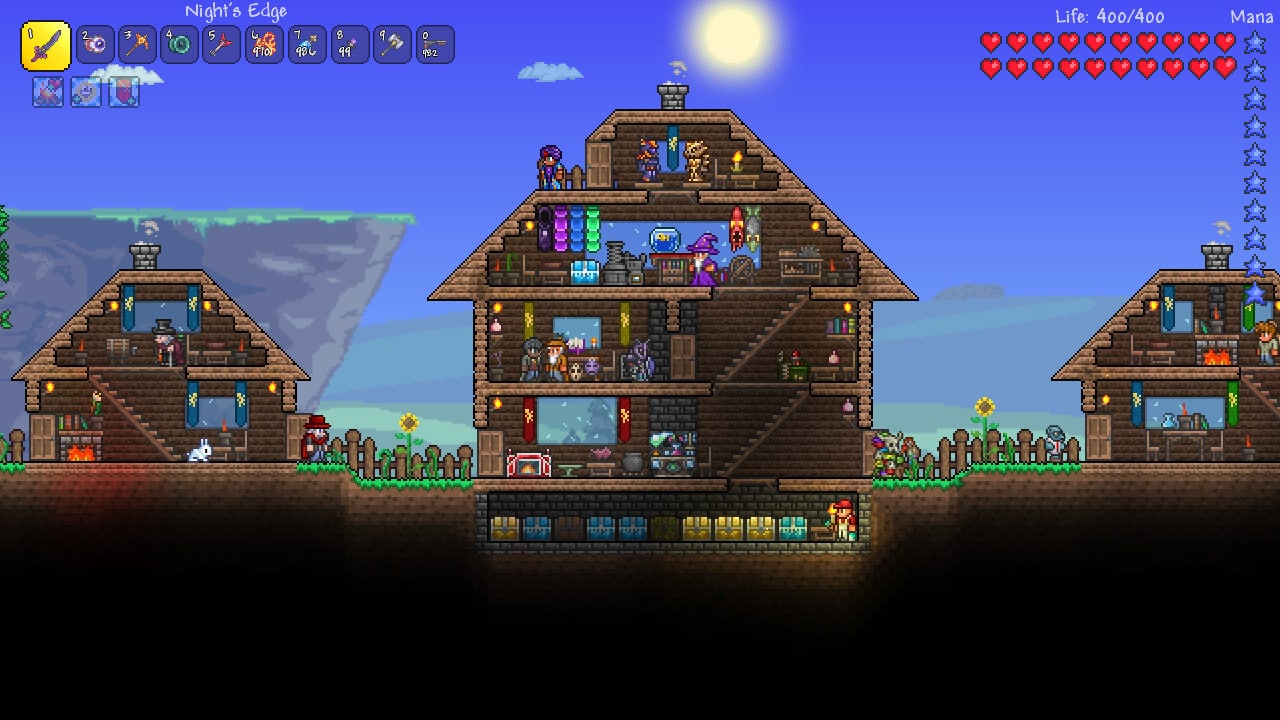Adding Sprites to "Game Engine"
Posted: Thu Dec 01, 2016 1:26 pm
I've been working on a Tile Engine for a game that I'm planning on developing and have a 2D array of Tiles for my TileMap with multiple layers that are derived from an ILayer interface. Each layer is the same size and contains collision information, tiles, warps, etc.
I have been looking at sprites from https://www.spriters-resource.com/; however, the sprites don't match the tiles I am working with and some look like they could fit multiple tiles. After doing some research I believe the best way would be to somehow decouple it from the TileEngine, but I'm at a loss as to how to store the sprite information and keep it sync'd with the Tile Engine in order to write the collision detection code.
Do I need to rearrange the spritesheets to better match my "Engine" or should I focus on making my "engine" work with spritesheets no matter how they are arranged?
Does anyone know a good 2D tutorial that might help me with what I am doing or could provide some advice on how to proceed?
I have been looking at sprites from https://www.spriters-resource.com/; however, the sprites don't match the tiles I am working with and some look like they could fit multiple tiles. After doing some research I believe the best way would be to somehow decouple it from the TileEngine, but I'm at a loss as to how to store the sprite information and keep it sync'd with the Tile Engine in order to write the collision detection code.
Do I need to rearrange the spritesheets to better match my "Engine" or should I focus on making my "engine" work with spritesheets no matter how they are arranged?
Does anyone know a good 2D tutorial that might help me with what I am doing or could provide some advice on how to proceed?
